Occasional global pandemic aside, travelling around the world doesn’t pose much of a logistical challenge in our day. There’s an abundance of flight options, efficient train networks, powerful cars to take us over vast distances safely – in much less than Phileas Fogg’s proverbial 80 days. What’s more, going from A to B has become reasonably affordable : most of us will plan a longer annual trip whether for holiday, meeting friends and family, or expanding our horizons.
At the turn of the 20th century, however, round-the-world travel was a much more challenging affair. Aircraft were still a new fad at the time, and commercial flights didn’t “take off” until the late 1920s. Extensive train networks existed, especially in Europe and the United States, but ambitious transcontinental projects were still a dream – such as the ‘Cape to Cairo’ project to connect Africa from north to south (whose insurmountable technical and political challenges meant that it still remains incomplete to this day). Reasonably powerful motor cars did exist, as well as their intrepid drivers, committing to improbably long expeditions. But cars weren’t nearly as available as we might think, and road trips largely remained the domain of daredevils. In the improbable 1908 New York to Paris race – a 17.000 km race across North America, and onward via the Bering Strait to Russia and Europe – around 300 cars took part, and that was basically every car in New York at the time. So In the early 20th century, the most reasonably safe and enjoyable way to see the world was aboard a ship.

Our hero, Meyer Franklin Kline, was one of those dreamers : a globetrotter from a very early age. Born in Tennessee, raised in Los Angeles, he was just 18 in year 1900, when he rode the 4.600 km between L.A. and Montreal – on a bicycle. He then got on a boat to Europe, where he attended the 1900 Paris World Fair. Soon after, he began his career in editorial work on behalf of various newspapers in Portland and Seattle.
Osaka Shoshen Kaisha and the Official Shippers Guide
Despite settling down in the Eastern US for a few years, Kline had been irrevocably gripped by wanderlust, and kept dreaming of more travel : ‘How fine it would be if I could get up some sort of a guide book so I could get expenses paid for a trip around the world’ he reminisced much later, in a 1935 interview with the LA Times. Sure enough, 1913 found Kline across the world, employed at the Japanese firm Osaka Shosen Kaisha (O.S.K.) – also known as the Osaka Mercantile Steamship Company Ltd. The company began as a conglomerate of 55 ship owners comprising 93 vessels – some of whom were managers at Osaka’s powerful Sumitomo zaibatsu, one of Japan’s family controlled monopolies that defined the country’s business and industry between 1860 and 1945. By 1919, the O.S.K. had become a global player : its ever-expanding shipping lines connected Japan to busy international ports like Adelaide, Bombay, Buenos Aires, Genoa, Marseille, and New York – to name a few. By 1935, their fleet had grown to 116 owned vessels plus 65 chartered, with another 7 under construction. The O.S.K. was active in both cargo and passenger shipping, and its modern steamers soon acquired a fame for luxury and comfort.
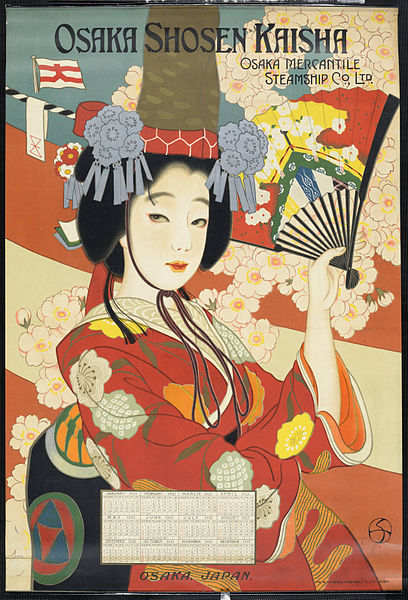
Kline’s role was the quintessential dream job : to travel around the world sponsored by the O.S.K., and then consign his travel memories into an annual luxurious volume called the Official Guide for Shippers and Travellers to the principal ports of the World on behalf of his employers.
The Official Shippers Guide could be found in each cabin of every O.S.K. ship, and also at the offices of the company and those of all its subsidiaries and representatives around the globe. As suggested by its name, it contained a wealth of up-to-date information about the major ports of the world, as well as the company’s ships, routes and activities. And so Kline travelled non-stop, in a seemingly never ending Grand Tour, visiting each place, and writing about its history, sights, and places of interest. He also used his own photography and poetic prose to bring each port to life for his readers :
“Across the boulevard from the Manila hotel is the Luneta, the favourite short evening walk. And well it might be, for Manila harbour presents a beautiful spectacle, especially at sunset. After the last vestige of the often peculiar and indescribably beautiful sunsets have gone from the skies and the fresh evening breezes set in, on come the lights, myriads of them. When the fleet is in, powerful searchlights throw their white beams slowly back and forth across the sky, and the riding lights of swift-moving harbor tugs, together with the brilliant flood lights of cargo vessels working overtime and the lighted portholes of the many passenger vessels, all contribute to the beautiful lighting effect”
Manila / from The Official Shippers Guide (1936)

Alongside his wonderfully descriptive travelogues, Kline worked meticulously to gather and analyse news, rumours, figures and data, then compiling it into business briefs for global shakers and movers :
“There are hopes of Cotton in South Manchuria – a fertile field for this fibre only a century ago; There’s a project for cotton growing in Siam, largely because Siam is tired of buying from Japan without selling to her ; and there’s a similar project in the Philippines”
Aspects of Japan’s Textile Trade / from The Official Shippers Guide (1936)
Above all, the Official Shippers Guide afforded an excellent opportunity for business advertisement, which would have been an excellent additional source of revenue for Kline. Between his employment at the O.S.K. and the rights to his annual publications, Kline managed to make a fortune out of his travels.
“A glance at our Index to Advertisers reveals a very impressive list, and this is our best endorsement. That many of these organisations have been advertising with us since the very beginning is elegant tribute to the advertising value of our pages. This in no small measure is due to our Distribution”
Foreword / from The Official Shippers Guide (1936)
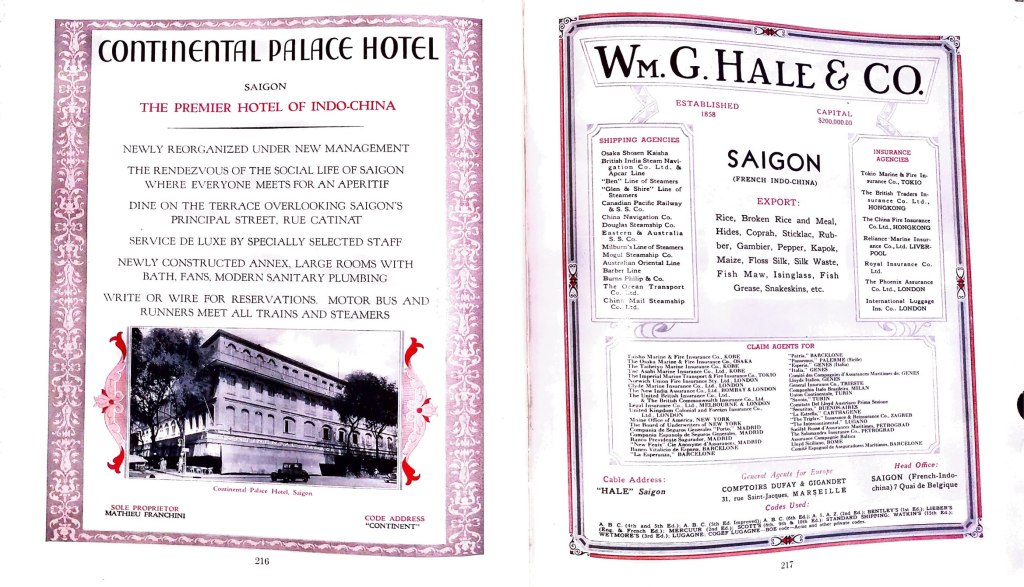
1916 trip to Japan
In 1916, while employed by O.S.K., Kline and his wife Mildred (the first of four wives, I believe) embarked on one of his typically long journeys from London to Japan. For that trip, Kline chose to bypass war-torn mainland Europe, taking instead a northerly route.
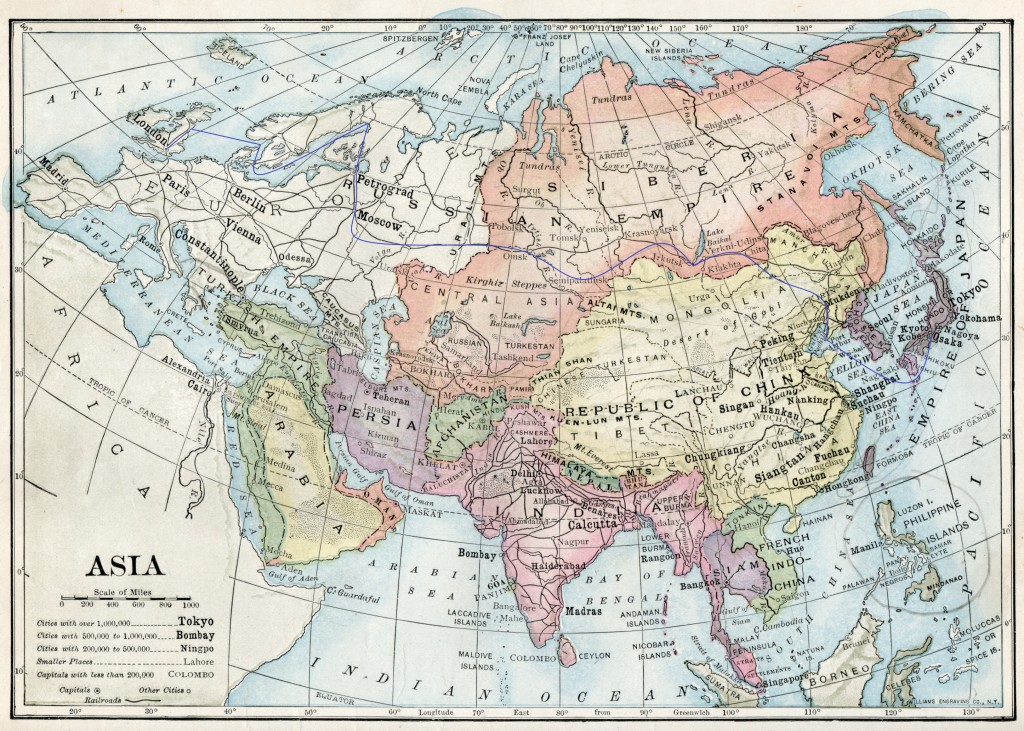
His passport, preserved at the National Museum of American Diplomacy, shows that the adventurous couple made their way from London to Newcastle sometime in June 1916, where they sailed to Haparanda at the Swedish border with the autonomous Grand Duchy of Finland. From the Finnish town of Tornio across the border, they entered the Russian Empire in Beloostrov outside St. Petersburg, and then made their way to Moscow, where they – very likely – boarded the newly completed Transiberian Railway that took them across the steppe to Port Arthur (today’s Dalian) in the Yellow Sea. From there, they would have sailed to Japan, maybe even directly into Osaka where he was employed, as the O.S.K. ran a direct daily route between Osaka and Dairen (the Japanese name for Dalian). There are stamps on their travel documents that mention all of these stops, plus additional extensions for travel to Norway, the Straits Settlements of Malaya, India, along with a stamp from a colonial Secretary in Hong Kong authorising a travel permit for as far as Australia for November 1916.
It’s difficult to tell whether the Klines visited all these additional places they had permits for, or whether they had to change their route as circumstances around them changed. This trip presented a considerable amount of additional risk beyond what was inherent to early 20th century global travel, since Meyer and Mildred Kline skirted a dangerous warzone along their route : they crossed the North Sea in the immediate aftermath of the Battle of Jutland, perhaps indicating that they rushed for the post-battle lull to sail the dangerous waters to the Kattegat, and then on to the top of the Gulf of Bothnia. It goes without saying that the rest of their Transiberian trip was as arduous and challenging then as it is today. The whole venture shows Kline’s ambitious globetrotting scope, fuelled by his indomitable spirit of adventure, and enabled by the freedoms and income afforded through his relationship to the omnipresent O.S.K. :
“To the executives and employees of the Osaka Shosen Kaisha, in all parts of the world, whether on land or sea, the Editor acknowledges with deep appreciation the many kindnesses bestowed upon him”
Foreword / from The Official Shippers Guide (1936)
In Ruislip
Circa 1920, Kline purchased the lease for a house in Ruislip Woods (in Middlesex, UK) known as Horsens. The lease previously belonged to Joseph Conn, a farmer of Danish or German origin who is rumoured to have been compelled to leave the property at the outbreak of the war. Kline, who had previously resided in the American East, would now take another residence at the mansion in the outskirts of London, bringing along with him his private collection of Asian objects collected during his trips. He soon began upgrading and expanding the existing residence into a luxurious mansion, which he renamed to Kokyo after the name of the Japanese Imperial Palace in Tokyo, thus highlighting his ever strengthening involvement with Japanese business and culture.
Kline is known to have salvaged the entire state room from one of the O.S.K. older luxury steamers before it went to the breaking yard, shipping it over to be installed at the Kokyo mansion. The luxurious suite is said to have included lavish wood panels, ornaments and associated furnishings. Other objects included the bronze-cast Chinese lions and other animals in the mansion’s garden, seen in photos from summer 1962. These art objects have survived in sketches and photographs, or described by eye witnesses with many remaining in place well into the 80s before the summer blaze that consumed the mansion.

Kline will “reside” at the mansion for the next 20 years. Perhaps this is an exaggeration, since he was known to be out travelling the globe for 11 out of 12 months in a year. Sometimes he’d spent the first half a year travelling the North Hemisphere, and the second half of the year travelling the South. During that time, he went through 4 marriages, a possible side-effect of his constant travels. Rumour has it that his last wife caught him in bed with one of the maids, upon which she proceeded to burn all of his travel photo albums along with the negatives.. a monumental act of revenge for sure, befitting a traveller of such distinction.
“I once crossed the meridian on July the 4th on board of one of the Empress liners out of Vancouver. The British master took a cruel enjoyment out of the fact that the calendar jumped from the 3rd to the 5th of July. ‘Here’s one time you Americans won’t celebrate’ , said the captain”
In an interview for The Province (Vancouver, British Columbia, Canada) Thu 19 Sep 1935
A lot of sightings and stories about Kline appeared on global English language newspapers during that period. His extensive trips along with the stories that came with these were ideal matter for catchy, titillating news articles. Each brief sojourn seems to have borne a report or a mention in the local press. In these, he tended to cultivate an image of a cosmopolitan, yet down to earth man of the world, a situation which without doubt added to his legend as a dashing travel writer, and was a boon to his business advertising revenues.

One of the weirdest newspaper mentions was that of a court appearance in Singapore as the plaintiff in a 1926 action against Frank H. Buck, a hard-nosed, well travelled Texan who became infamous in the 1920s as a controversial wild animal collector. Like an original Joe Exotic would, Buck started off by winning $3500 in a poker game, which he invested on a trip to the Amazon rainforest. Making a tidy profit in New York by selling the exotic birds he brought back with him from that trip, Buck soon built a fortune by roaming the jungles of Asia and Latin America, bringing back wild animals for sale in the U.S. He somehow wrangled himself to a surprising appointment as the first director of San Diego Zoo, a tenure that was beset by several counts of mismanagement, corruption, animal cruelty, and frequent clashes with the local Zoological Society. Nevertheless, at the time of the action, Frank H. Buck was an established, infamous personality, considered by many as the foremost animal collector in the world. One can only guess at the sort of dealings that could have brought the two globetrotting celebrities to clash at court in Singapore. It is an interesting mystery I’ve yet to uncover fully, but nevertheless the story gives us some further perspective into the character of Kline.
The downfall
By 1935, Kline appears to be sharing his precious free time between Washington D.C. and Ruislip, boasting about how he was 22 days younger than everyone else on the planet, since he had circumnavigated the globe 22 times, always in an easterly direction, ostensibly gaining a day each time he crossed the International Date Line :
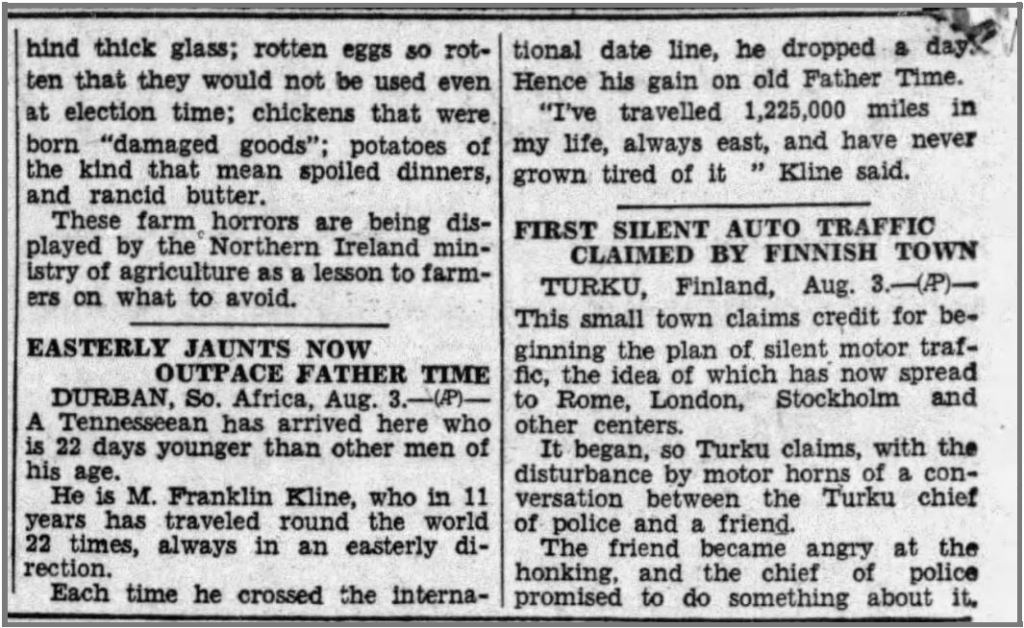
There’s a flurry of newspaper articles, interviews and listings about Kline in 1935. Most of these are repeats of the same motifs : Klein having travelled 1,225,000 miles, Klein being 22 days younger, etc It appears that Klein might have been compelled to pay for these entries to boost his profile, and consequently, that of his business venture. The 30s were a difficult time for the US and global economy : between 1929 and 1933, the financial crash and Great Depression that followed put incredible strain on the global financial system. The Osaka Shosen Kaisha posted two consecutive years of losses in 1930 and 1931, slowly recovering from 1932 onwards. All of this pressure must have affected Klein’s fortunes in ways we can only surmise. What is known is that during that period, he renamed his London mansion from Kokyo to Franklin House, apparently to honour the newly elected US President Franklin Delano Roosevelt and his sweeping New Deal reforms that paved the way for the recovery of the U.S economy. Markedly, this was also Meyer F. Kline’s middle name, who seemed to favour wordplays about Japanese emperors and US Presidents for his fabulous mansion in Ruislip.
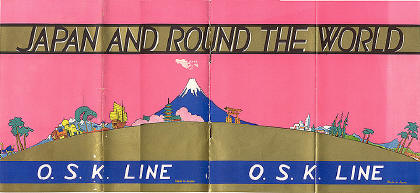
However, the dark clouds of the next big war kept gathering in the horizon. The Empire of Japan, long harbouring expansionist ambitions in Asia, had embarked on an aggressive political and military programme, invading Manchuria in 1931, attacking China in 1935, and skirmishing with the USSR in 1939 – a terrifying prelude to the all out Pacific War that followed against the USA and its allies. It is entirely plausible that a keen traveller and geopolitical analyst such as Kline was would be able to experience the rise of fascist rhetoric and the undisputed horrors of Imperial Japan’s interference in Asia, and could foretell the impending reversal of his fortunes. Kline is known to have vacated Ruislip’s Franklin mansion between 1938 and 1939, possibly heading back to the United States. It remains unknown whether his nearly 3 decades of dealings with the Japanese raised questions back home, but it is a plausible expectation.

At the outbreak of World War 2, the Osaka Shosen Kaisha paused trading as a shipping company, and most of its ships were requisitioned into the Imperial Japanese Navy. Its largest cargo ship, the 9,600 ton Arizona Maru, once transporting cargo to ports like Seattle or Montevideo, was pressed into service – first as a hospital ship in 1937, then fitted with AA guns and quarters for troops and horses, and designated an Air Defence Transport Ship in 1940. She participated in the Invasion of the Philippines and the Battle of the Java Sea. On 14 November 1942, the Arizona Maru was attacked by 8 SBD dive-bombers from USS Enterprise while attempting to reinforce Guadalcanal, and sunk about 80 miles NW of the island.

The 9,600 ton Rio De Janeiro Maru, once ferrying passengers in luxury as far as Galveston or Cape Town, was converted into an auxiliary IJN Transport and Support ship. It survived being torpedoed twice, in two different actions, in the space of two months, by two different US submarines in 1942. In 1943 and 1944, it carried armaments, food, mail and prisoners of war to Batavia, Surabaya and elsewhere in the Pacific. It met its demise by dive bombing while at station inside the Truk lagoon, where it still rests on its side, 500 yards from shore. Here’s a video of what remains of Osaka Shosen Kaisho’s passenger flagship ! I’d like to think that Meyer F. Kline might have been on board the Rio De Janeiro Maru on one of his many trips.
During the war, the O.S.K. lost two thirds of its ships to allied action, but managed a miraculous recovery post war. The company went on to become the Mitsui O.S.K. Lines, which is one of the largest shipping companies in the world today. You are certain to see their cargo ships around major ports in your country. As for Kline, he vanished from the world stage and little is known about what happened to him during or after the war. He passed away at 82 in 1964, and is buried in a family plot at the Home of Peace Memorial Park in Los Angeles. He remains one of the most colourful and interesting residents of Ruislip’s Battle of Britain House, and the person behind its transformation into the lavish mansion in the woods that still lives in the memory of local residents.

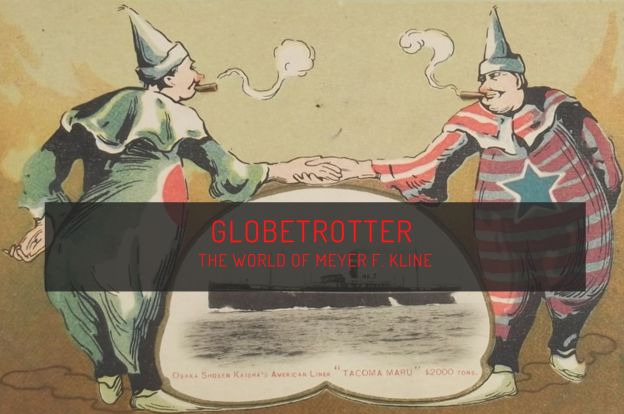


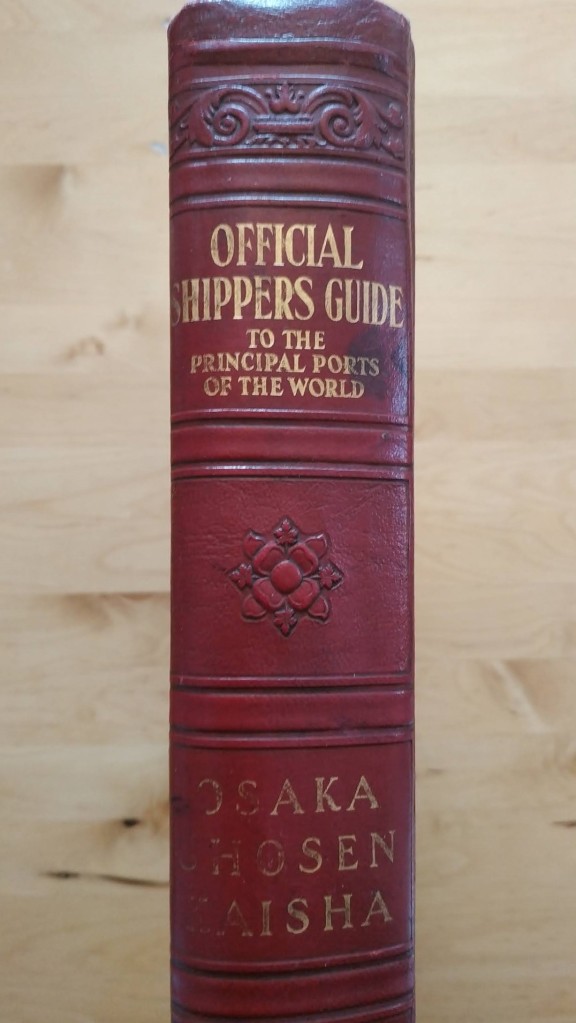

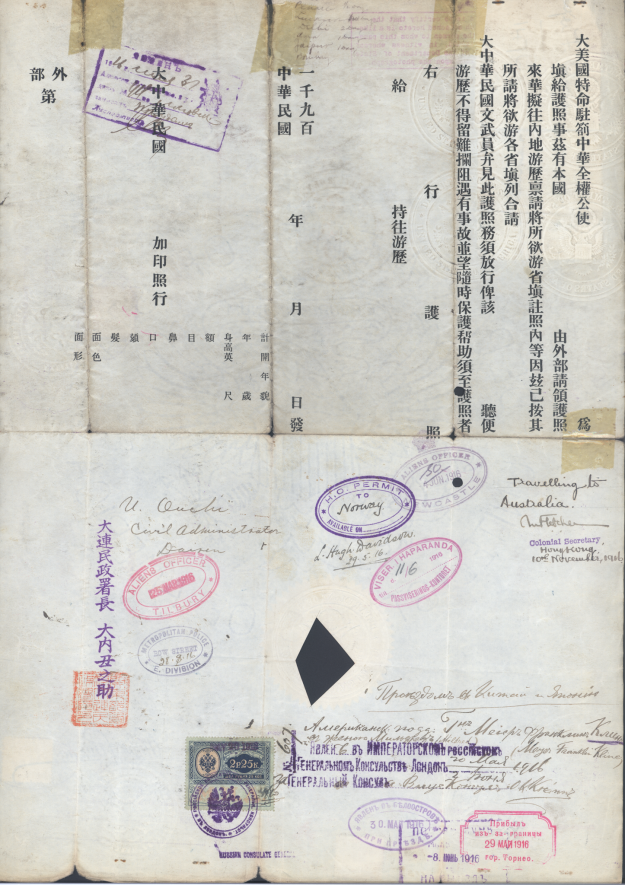
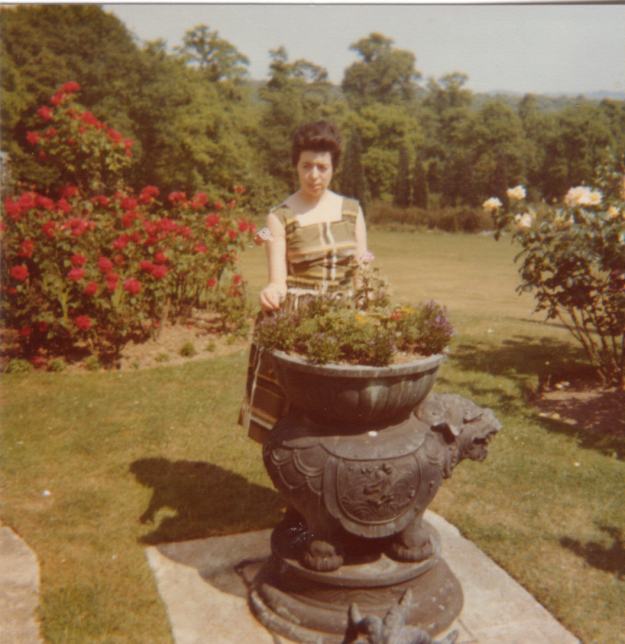
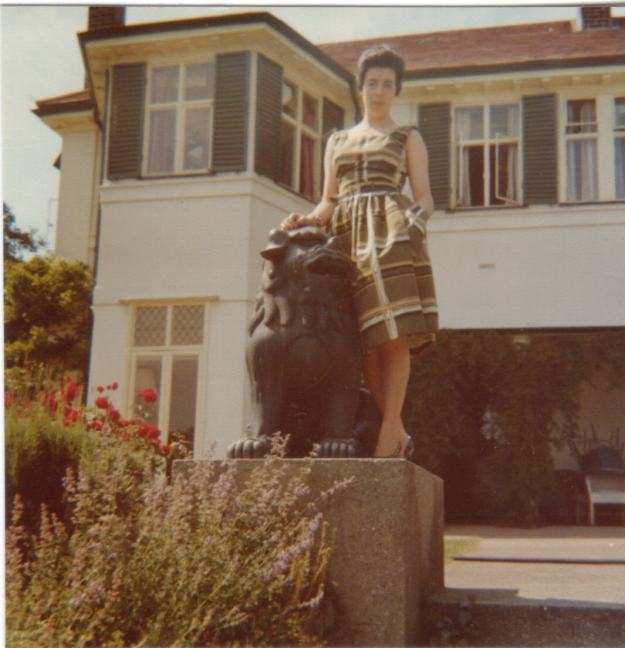
Meyer Franklin Kline was my grandfather!
LikeLike
Good day. So fascinating to hear from you ! Please do get in touch via email at explore@explorabilia.co.uk
LikeLike
I would love to know who wrote this and where are you sourced your information!?
LikeLike